Emoții pe hârtie – expoziție de ilustrații Amelie Sophie
În perioada 22 aprilie – 8 mai, Adriana Niculae (Amelie Sophie) ajunge cu expoziția sa de ilustrație, Emoții pe hârtie, în HOF Cafe, Piața Sfatului, nr. 14.
Vă invităm să vizitați expoziția.
„M-a atras foarte mult ilustraţia, consider că ajunge repede la oameni. În zilele noastre, ilustraţia o găsim prezentă în tot, de la publicitate, artă culinară, cărţi, îmbrăcăminte, cinematografie şi… lista continuă. Am ales ilustraţia prima dată ca şi mod de exprimare în timpul licelui în Spania, unde am publicat mai multe din ilustraţiile mele în revista culturală a oraşului Zaragoza, în care locuiam.

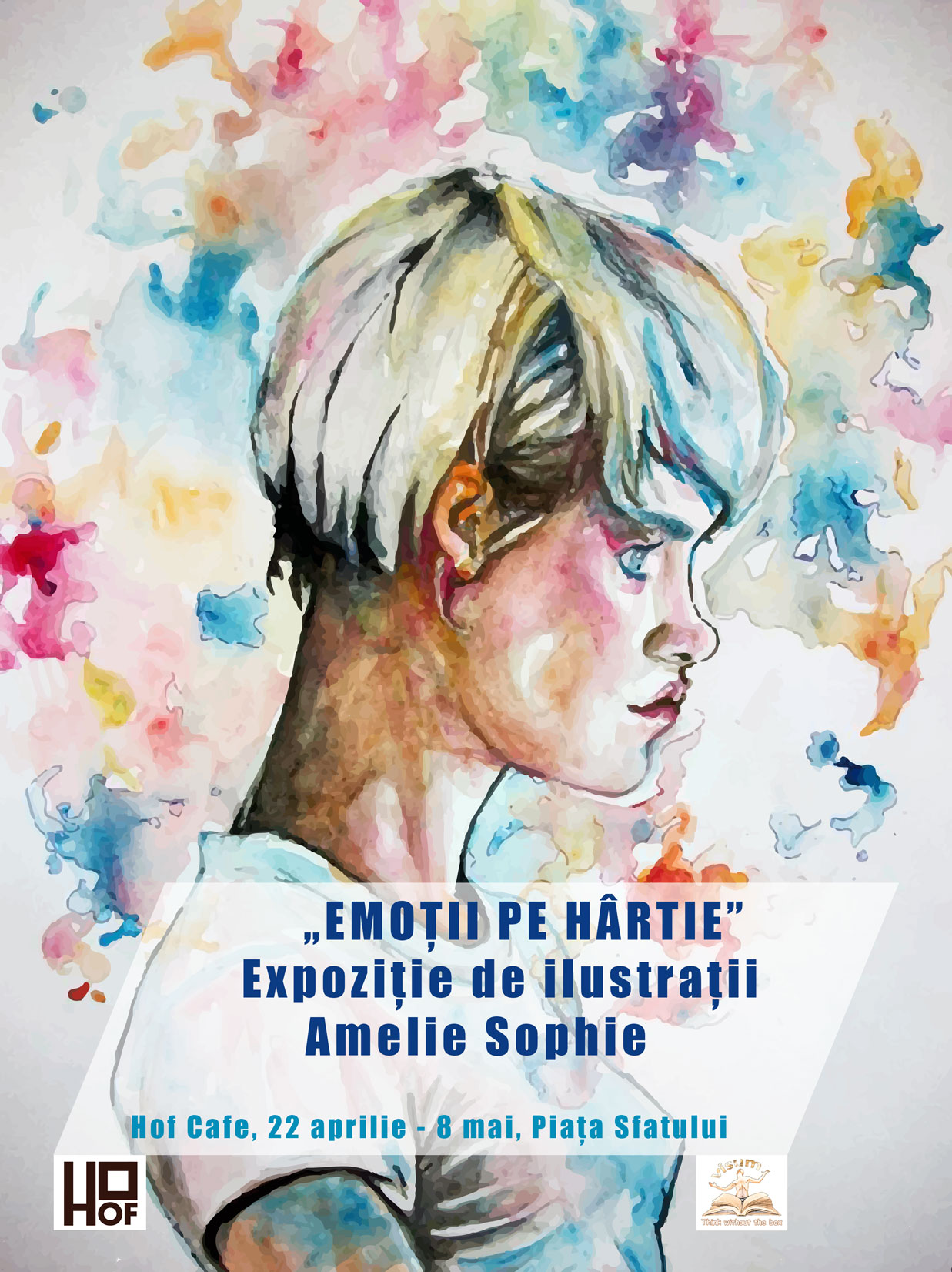
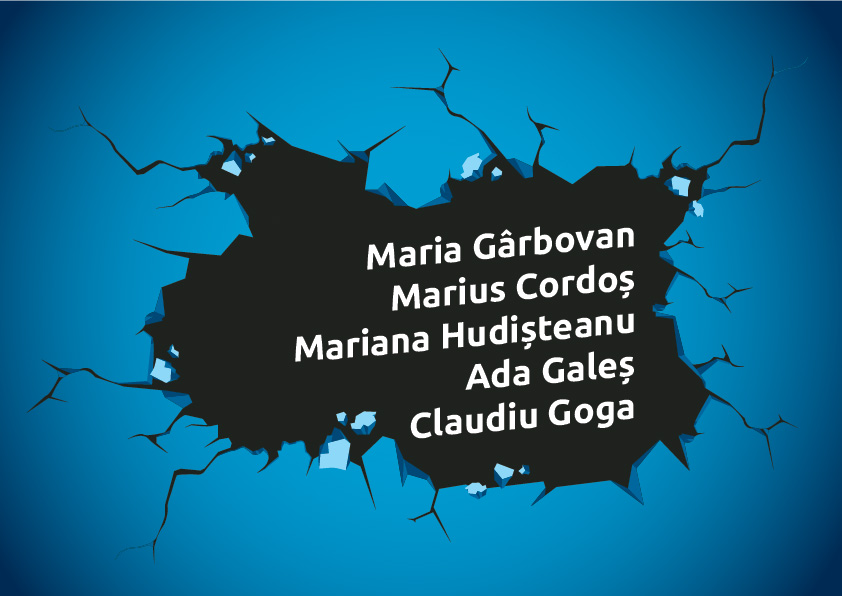


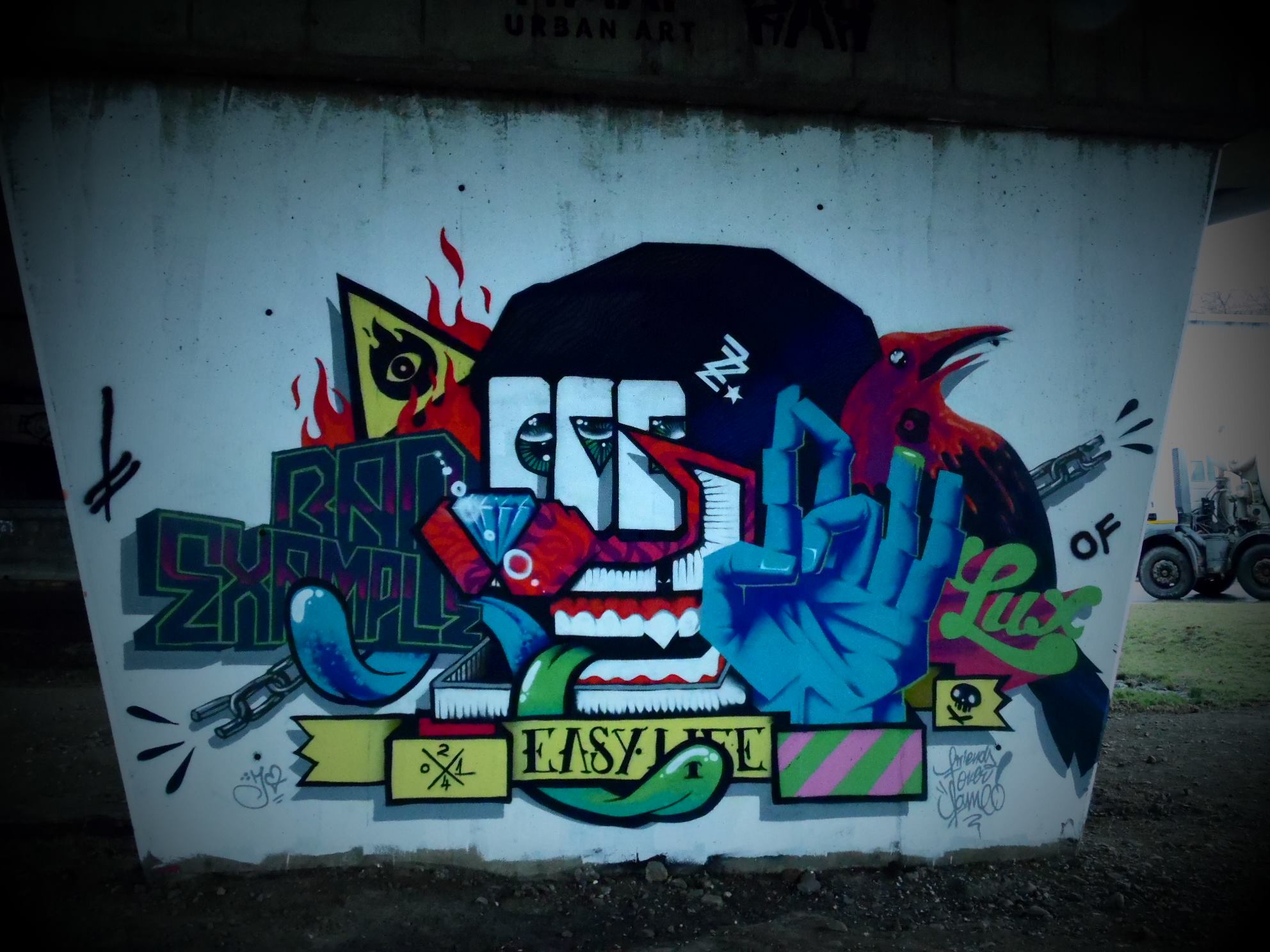
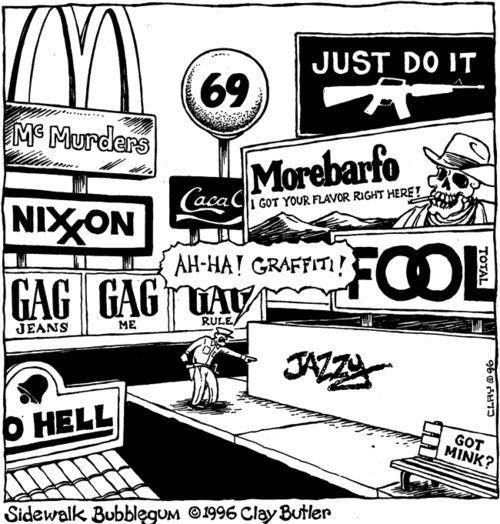
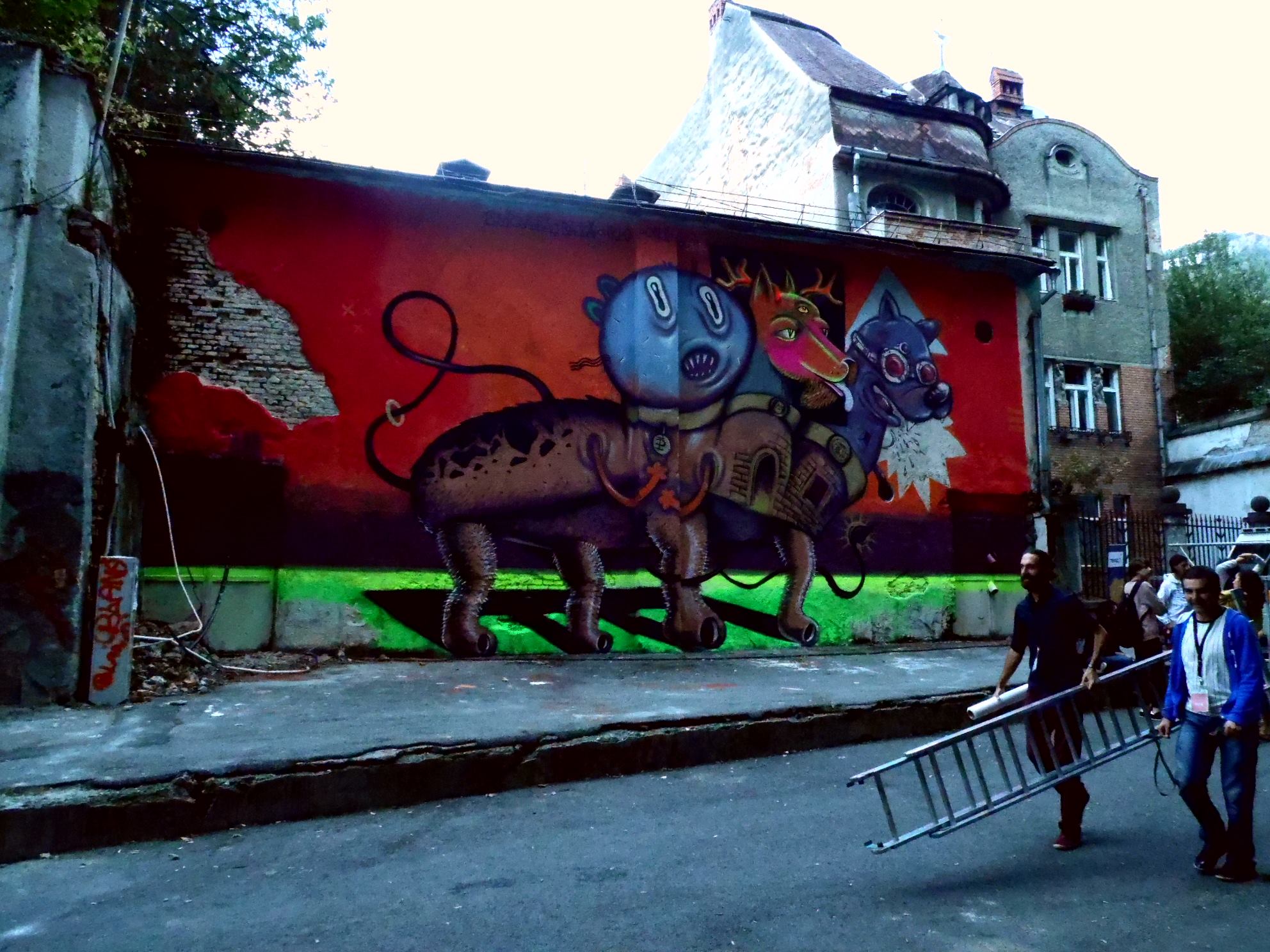
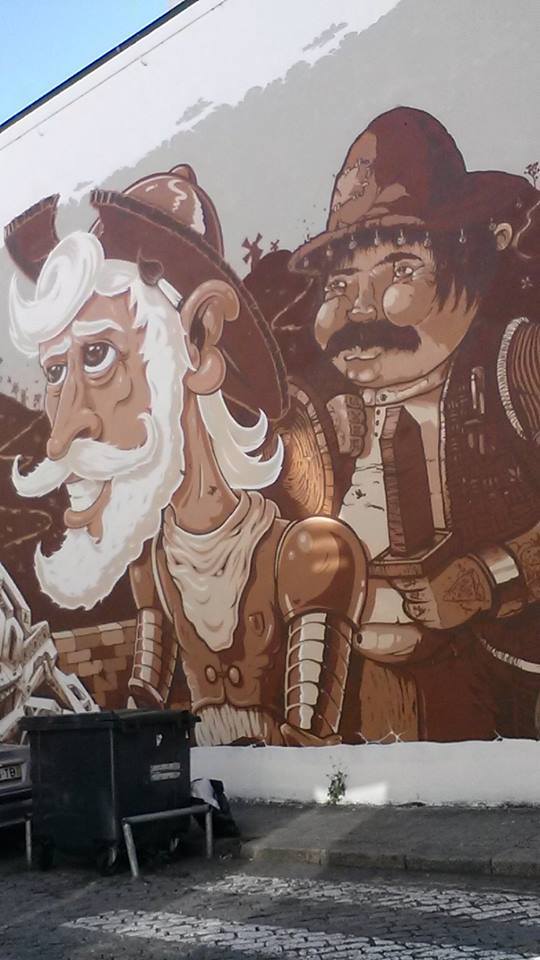
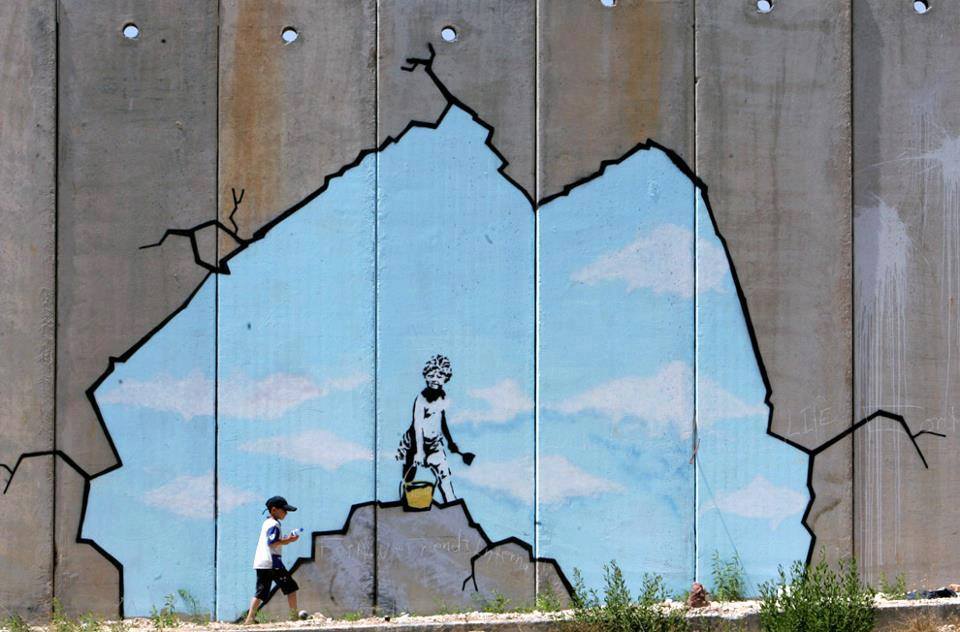
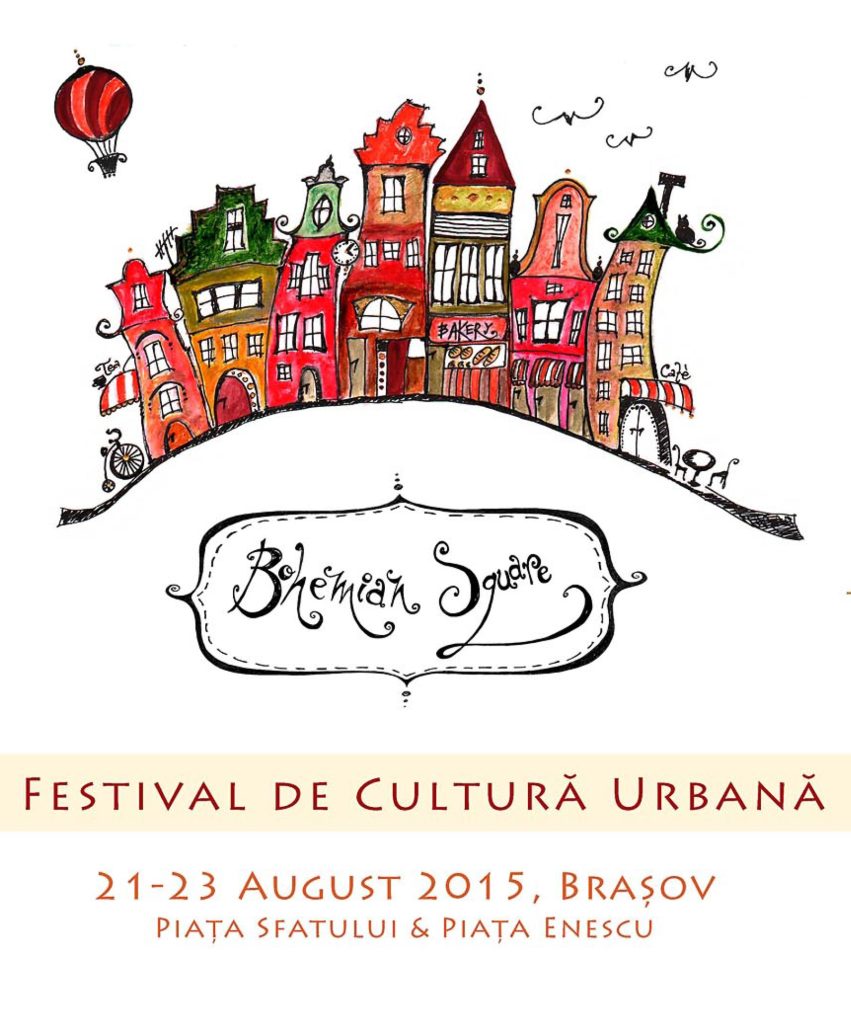
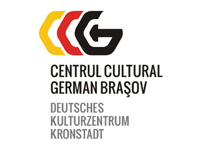

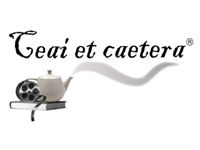





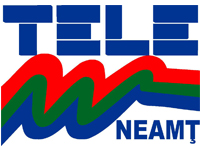
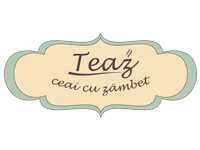
Suntem și pe